Introduction
Since it’s dawn, video gaming has been a favorite pastime for millions of people around the world. Now, with more and more people playing video games professionally, the industry is more popular than ever. And while games are becoming increasingly advanced, there is a growing scene of gamers looking to retro video games for a taste of where everything began. It’s this blend of nostalgia and an appreciation for classic gaming experiences that has helped the retro video game console market likewise thrive in recent years.
Here we’ll dive into the dynamics of the retro gaming market, factors contributing to the resurgence of retro video game consoles, and how to source and sell them.
Overview of the video game console market
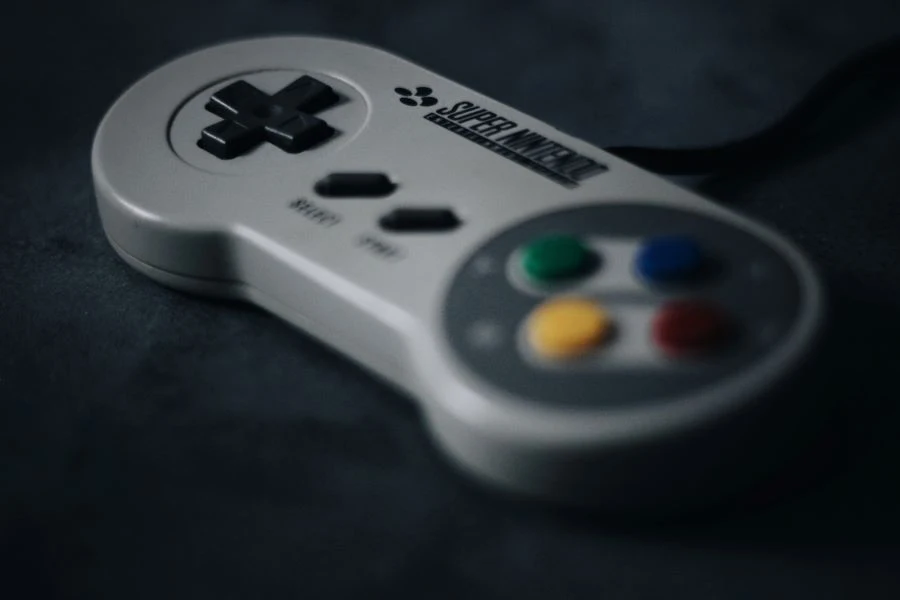
According to Grand View Research, the global gaming console market was valued at USD 26.51 billion in 2023 and is estimated to grow at a CAGR of 8.5% between 2023-2030, with a projected revenue of USD 47.02 billion in 2030.
Retro video game consoles have significantly contributed to this growth as gamers seek the joy of classic gaming experiences. Many gamers are also buying retro video game consoles as collectibles. This demand for vintage video games presents a significant opportunity for small businesses and retailers who are able to tap into this passionate consumer base.
Understanding the retro gaming market
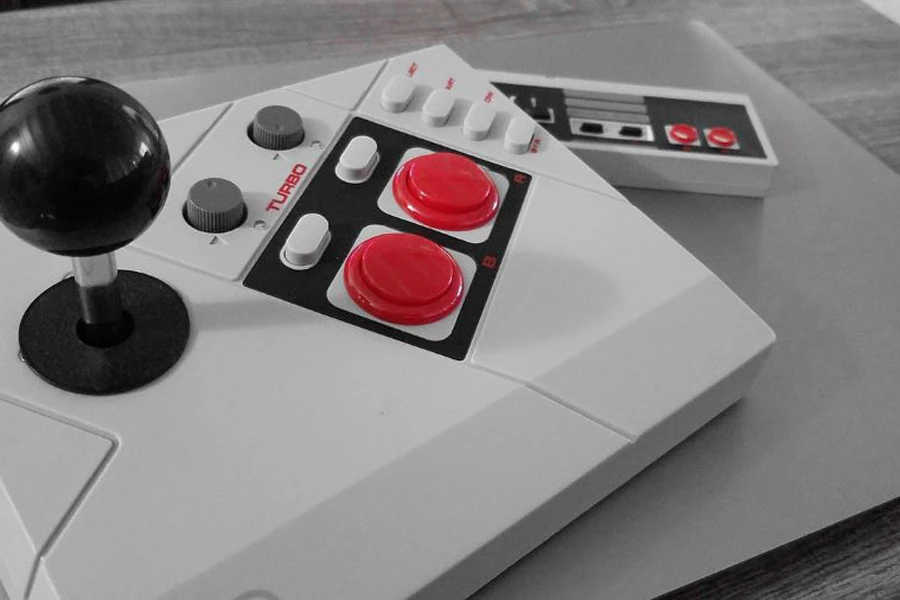
The retro gaming community is a diverse and passionate group spread over generations. Some grew up playing arcade games, while younger gaming enthusiasts are only just discovering classic games.
Several factors are contributing to the revival of retro gaming. One key factor is nostalgia; many gamers who play retro video games want to relive their past experiences and play the games they grew up with.
On the other hand, retro video games’ simplicity and charm make them popular with a broad audience as they offer a refreshing alternative to modern, more complex video games.
Moreover, the rise of online gaming and online communities has fueled the interest in retro gaming, creating a sense of community among collectors, hobbyists, and gaming enthusiasts.
Identifying popular retro video game consoles
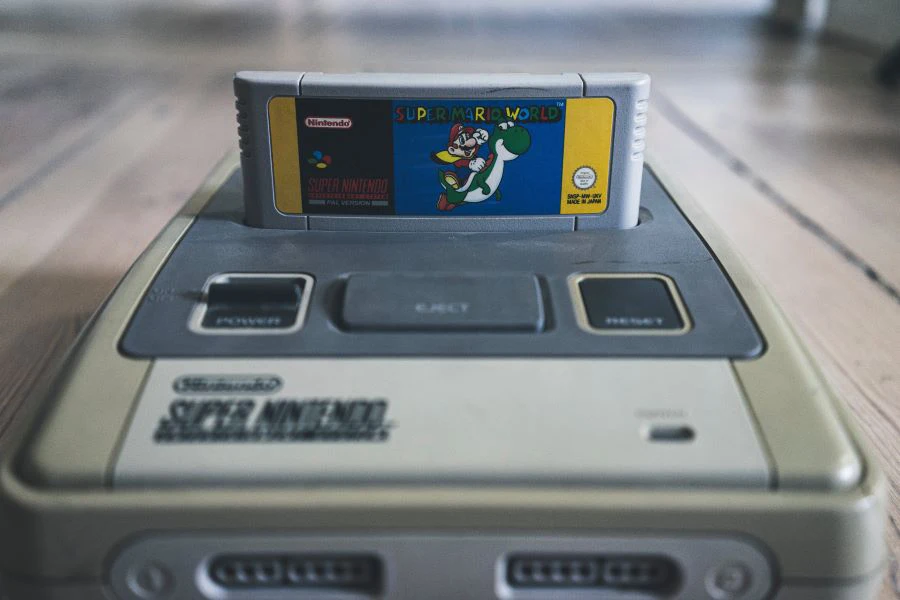
It is crucial to identify and stock the popular classic game consoles to succeed in the retro video game console market. Some of the iconic retro gaming consoles include:
Nintendo Entertainment System (NES)

This 8-bit video game console was first released in 1983 and has revitalized the retro gaming industry. It was this console that launched many of the games we still cherish and play today, including Super Mario Bros, PAC MAN, The Legend of Zelda, Donkey Kong, Metroid, and numerous others.
Super Nintendo Entertainment System (SNES)
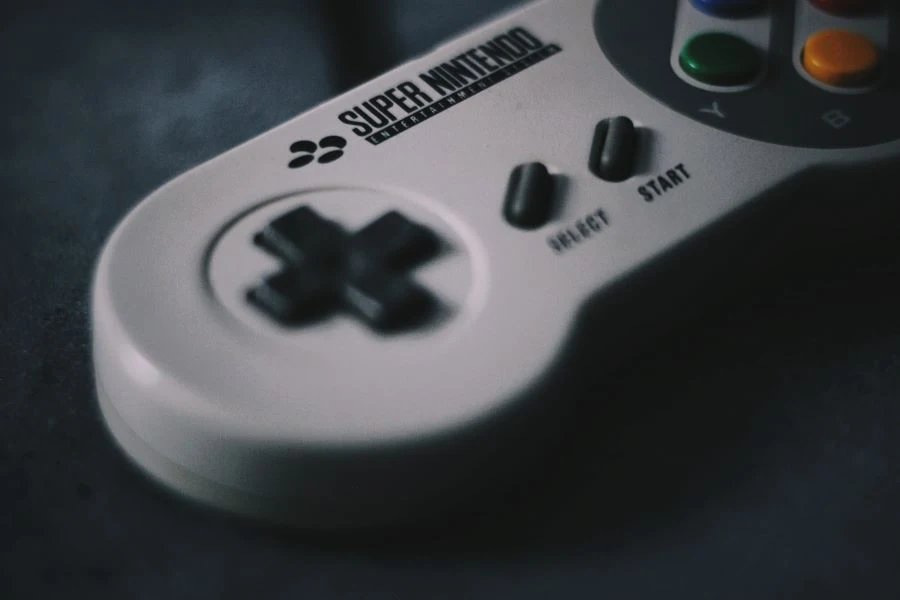
Super Nintendo, commonly known as SNES, is a 16-bit game console first released in 1990 as an improvement of its predecessor, the NES. Titles like Super Mario World, Super Mario Cart, Demon’s Crest, and The Legend of Zelda: A Link to the Past were released on it, helping to maintain its place as a staple for many retro game collectors today.
Sega Genesis

This 16-bit fourth-generation game console, released in 1988, was a formidable competitor to Nintendo. It saw the launch of games like Sonic the Hedgehog, Another World, Ecco the Dolphin, Flashback, and Shining Force.
Atari 2600 +

The Atari 2600 was first released in 1977 and had a vital role in popularizing home video games. The Atari 2600 Plus is a replica of the original Atari 2600; it comes with a joystick and can connect to modern TVs with a HDMI cable.
These are just a few of the consoles currently favored by console collectors. By understanding the preferences of your target consumers, you can better curate a selection of retro video game consoles that resonate with them.
Sourcing and selling retro gaming consoles
Sourcing
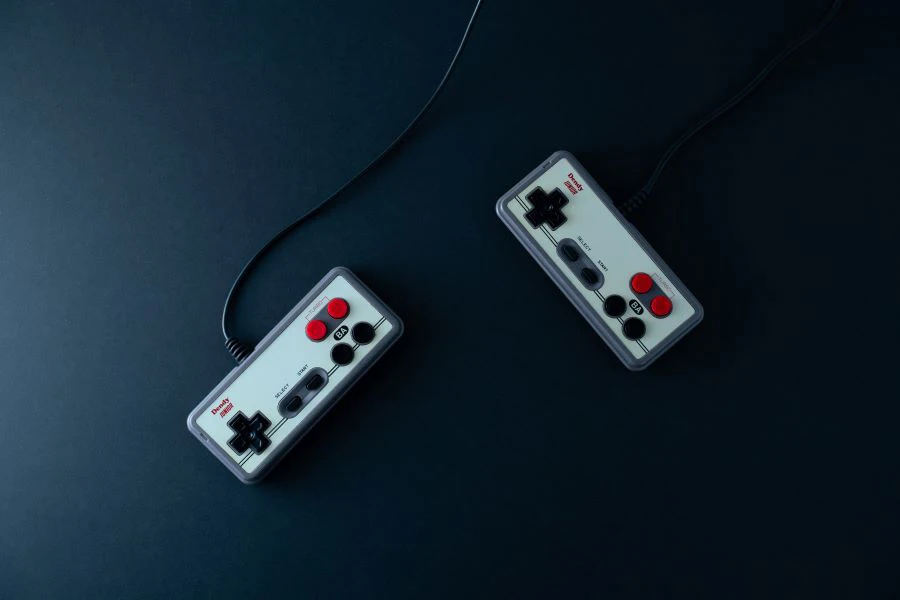
Finding reliable suppliers
When sourcing retro video game consoles, you should consider the quality of both the supplier and the product they’re selling. You can gauge this by creating a relationship with your intended supplier, as well as engaging with online communities to discover where others are sourcing their products.
Ensuring the authenticity of the video game consoles
Authenticity is vital in the retro gaming market, as many counterfeit and reproduced consoles have entered the market. A retro video game console seller must be able to differentiate between original and refurbished items to maintain their reputation.
Before buying retro video games, ensure they are authentic by checking their labels, original packaging, and serial numbers.
Selling

Businesses should also consider the product’s rarity, demand, and condition when selling retro video game consoles.
Rarity and demand
The value of retro video game consoles correlates with rarity and demand, so you must understand the market dynamics for each console in your inventory. Limited editions, discontinued models, and sought-after titles can command higher prices. A business must stay informed about market trends and adjust its inventory accordingly.
Condition and completeness of the console
The condition and completeness of a retro gaming console substantively impact its value. Discerning collectors often seek consoles in pristine condition with original accessories and packaging. Retailers should prioritize quality assurance to ensure customer satisfaction and positive reviews.
Challenges when sourcing retro video game consoles
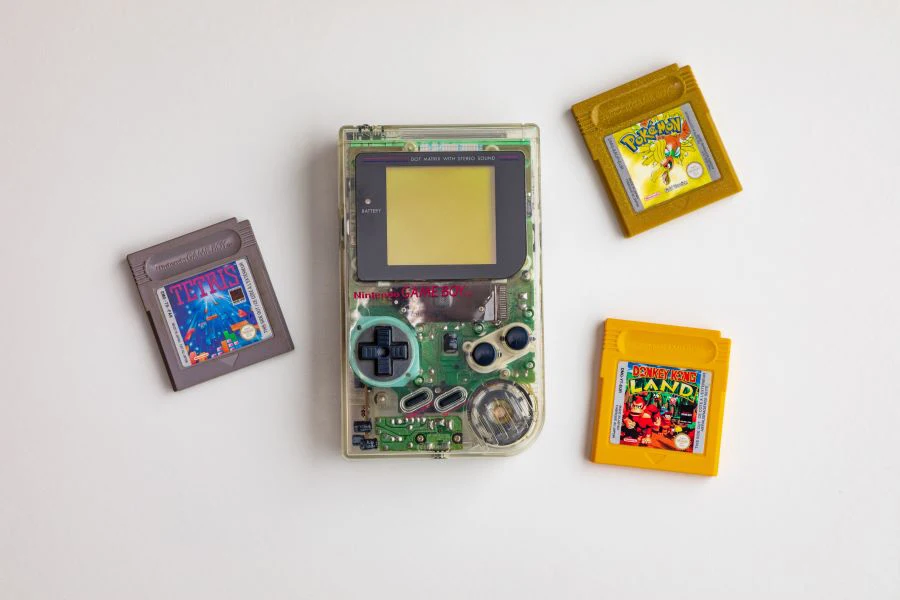
Sourcing retro video game consoles can have many challenges, such as scarcity, fluctuating prices, counterfeiting, and components deterioration over time.
When obtaining retro video games, a company should have rigorous authentication processes and work with trusted suppliers to avoid selling inauthentic products.
Moreover, components in retro gaming consoles may deteriorate over time, affecting functionality. A retailer needs to be aware of potential issues and, when necessary, invest in refurbishment to ensure the consoles meet quality standards.
Additionally, the retro video gaming market is subject to fluctuations and price volatility. Stay alert, monitor market trends, and adjust pricing strategies accordingly to remain competitive.
Conclusion
In the competitive landscape of retro gaming, sourcing the right video game consoles to sell is an important strategic decision for small businesses and retailers. Companies can carve a niche in this flourishing industry by understanding market dynamics, identifying popular consoles, and navigating the challenges of sourcing.
The key to success lies in authenticity, customer engagement, and adaptability, ensuring a seamless and satisfying experience for retro gaming enthusiasts and collectors alike.
Visit Chovm.com for all your retro video game console and accessory needs.





 বাংলা
বাংলা Nederlands
Nederlands English
English Français
Français Deutsch
Deutsch हिन्दी
हिन्दी Bahasa Indonesia
Bahasa Indonesia Italiano
Italiano 日本語
日本語 한국어
한국어 Bahasa Melayu
Bahasa Melayu മലയാളം
മലയാളം پښتو
پښتو فارسی
فارسی Polski
Polski Português
Português Русский
Русский Español
Español Kiswahili
Kiswahili ไทย
ไทย Türkçe
Türkçe اردو
اردو Tiếng Việt
Tiếng Việt isiXhosa
isiXhosa Zulu
Zulu